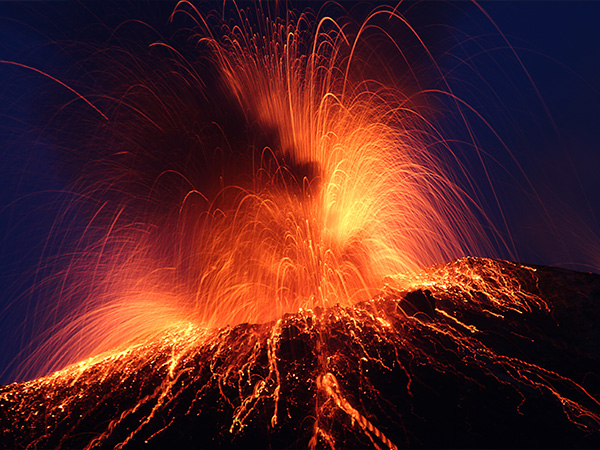
Grade:
Topic:
Unit:


In this lesson mini, students will explore volcanoes through video interviews with volcanologists. They’ll watch selected interviews and take notes on key information presented by the experts. Following the videos, students will participate in a whole-class discussion to share what they’ve learned. To reinforce their understanding, they’ll create brief visual summaries highlighting the main points from the interviews.

Minutes
Minutes
Minutes
Minutes
Minutes

Level-up current events into dynamic learning!